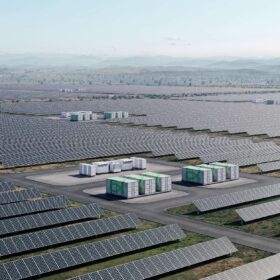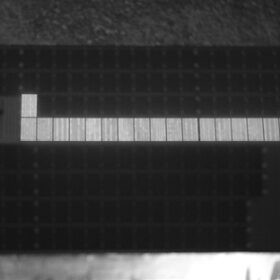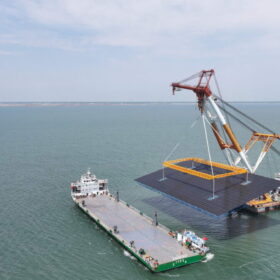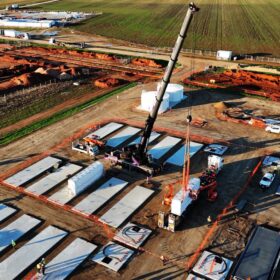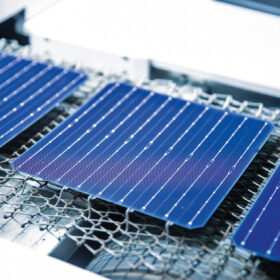Canadian buyer reveals growth plans after $1.1 billion Edify takeover deal
Australian renewables developer Edify Energy has been snapped up by Canadian investment group La Caisse which has plans to accelerate the development of the company’s more-than 11 GW pipeline of solar and battery energy storage projects.
Sky is the limit for EL drone testing
Infrared drone inspections are now routine for solar projects, but post-installation electroluminescence testing remains misunderstood and underutilised. With good planning and execution, EL’s ability to detect microcracks, early-stage degradation, and installation-induced damage can lead to meaningful results.
Pacific Green secures state approval for 2.5 GWh energy park
British-owned energy company Pacific Green has secured Victorian government planning approval for what is set to become the state’s biggest yet battery energy storage park.
China advances 1.8 GW offshore PV project as part of wider solar strategy
A state-led 1.8 GW offshore PV project being built in waters off China’s northeast coast is set to become a model for large-scale marine solar development, with completion targeted by mid-2026.
Renewables reach record 77.9% share in NEM
The share of renewables in Australia’s main electricity grid continues to reach new highs, delivering 77.9% of electricity demand on Sunday with solar power contributing more than 55% of the record-breaking clean energy mix.
Edify lands federal go-ahead for 2.4 GWh solar and storage project
Australian renewables developer Edify Energy has secured federal government approval for a solar and battery hybrid project in northwest Victoria that is to include what could be – at least for a while – the biggest eight-hour battery in the country.
Home batteries charge powers on
Australians continue to lead the charge when it comes to adopting solar power and storage. The enthusiastic uptake of home battery systems under the Australian government’s new Cheaper Home Batteries Program underlines just how hungry households are for solutions that can help them reduce their energy costs.
SolarEdge unveils all-in-one residential inverter and clickable modular battery system
The stackable battery ranges 4.9 kWh to 19.6 kWh per unit while the inverter is available in ranges from 3.8 kW to 13 kW. The company has also introduced a meter socket adapter to avoid triggering costly main panel upgrades.
JinkoSolar, Longi settle global patent dispute with cross-licensing deal
China’s two largest solar manufacturers have ended a protracted global patent battle, agreeing to cross-license core technologies in a move that could reshape the industry’s innovation landscape
Australian climate target prioritises clean electricity across the economy
Australia’s 2035 climate change target prioritises clean electricity across the economy based on decarbonising and expanding the electricity network, supported by new transmission and storage, including household batteries.
